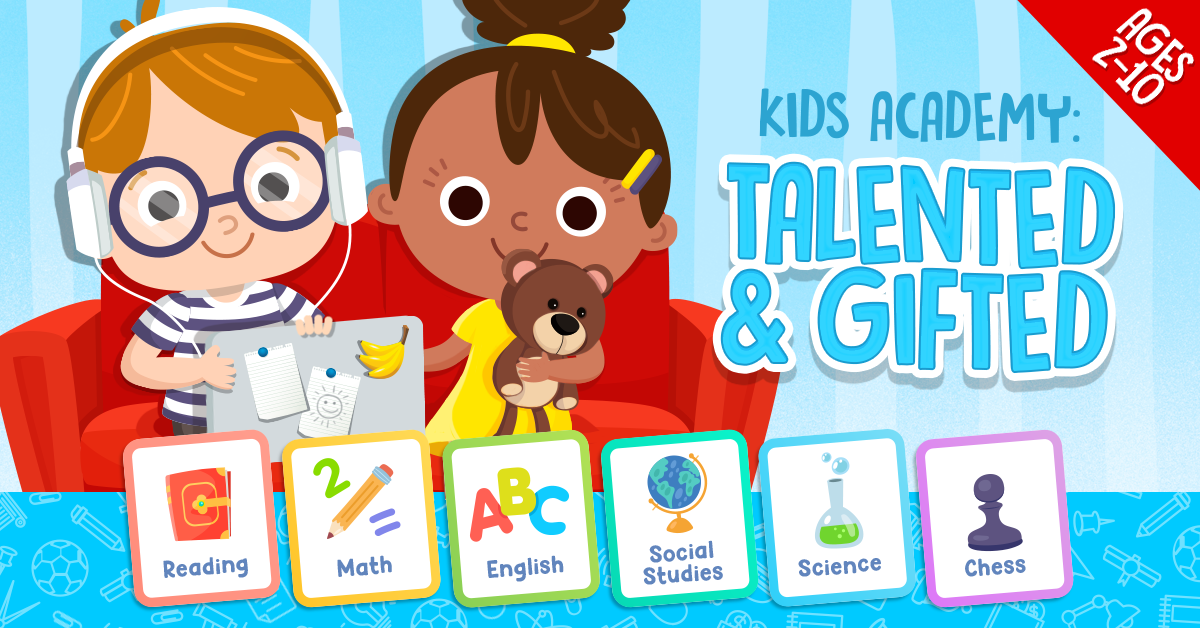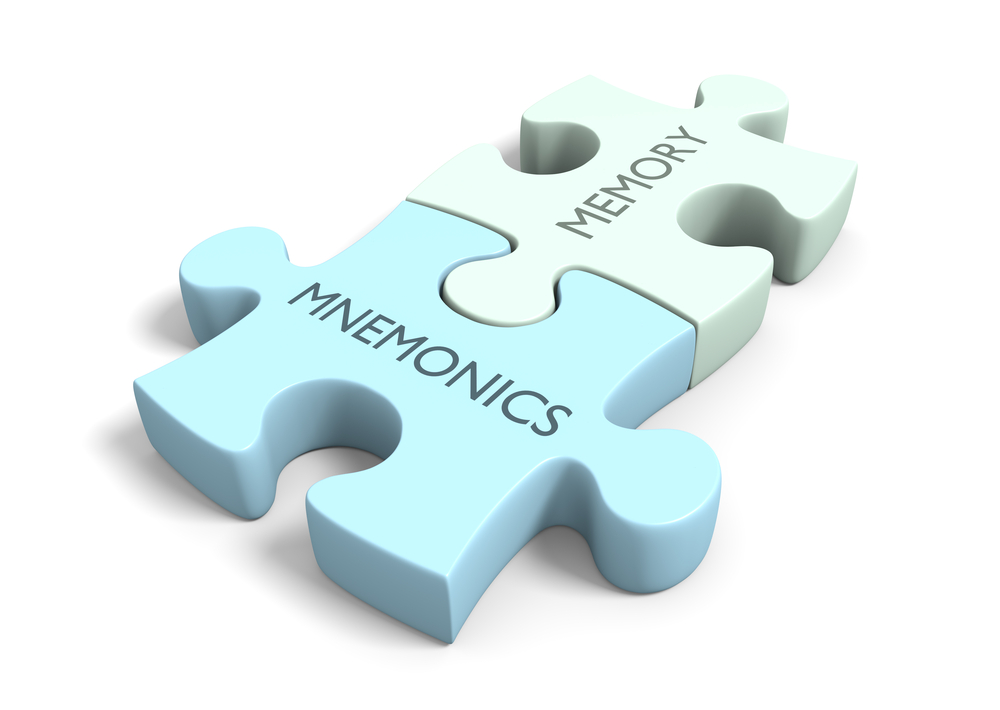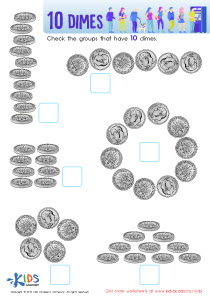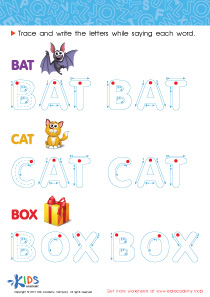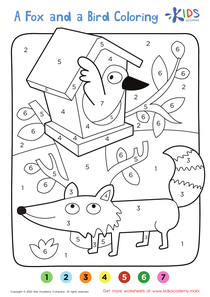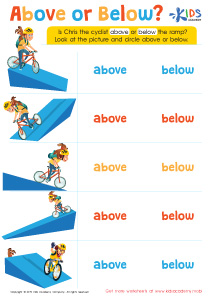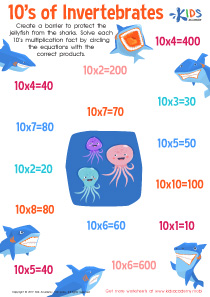Tracing Letters worksheets activities for Ages 4-5
56 filtered results
-
From - To
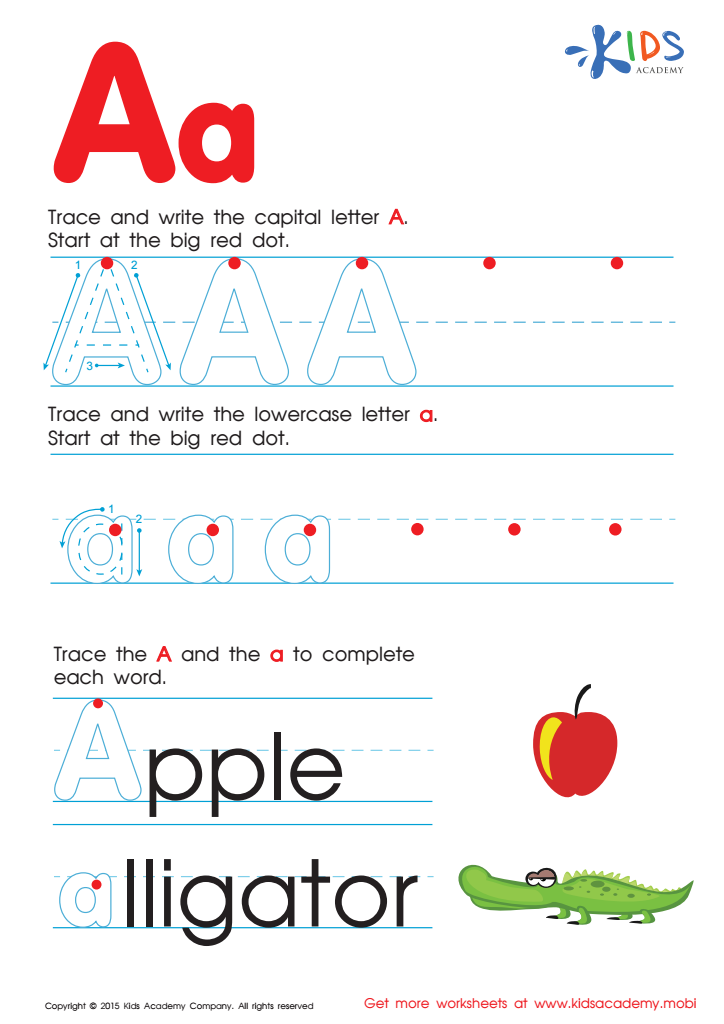

Letter A Tracing Page
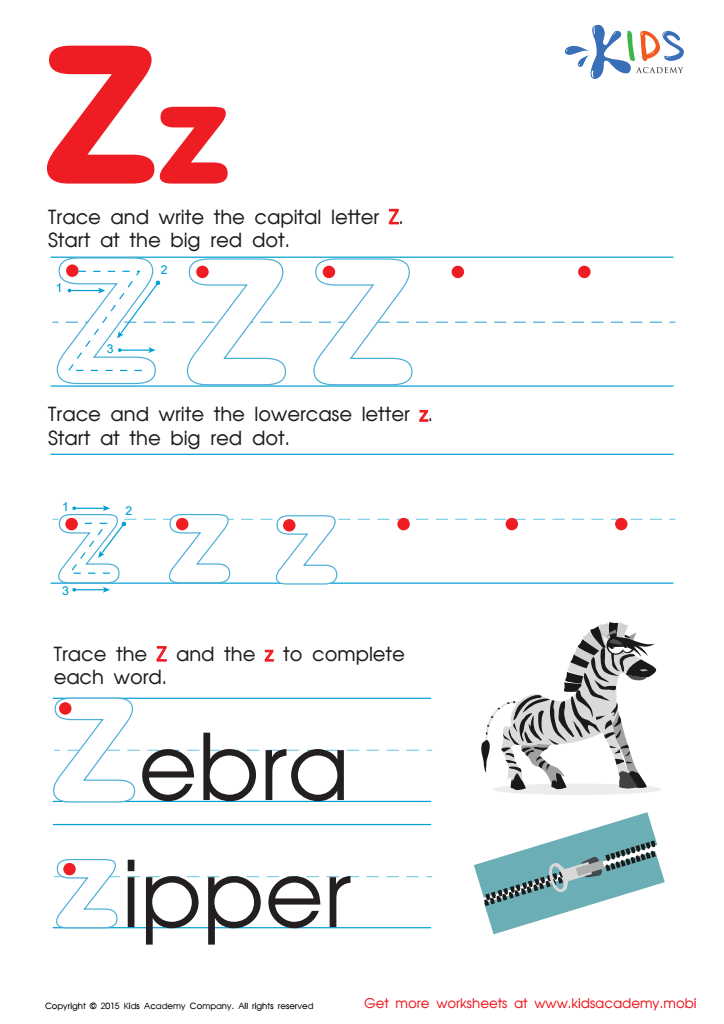

Letter Z Tracing Page
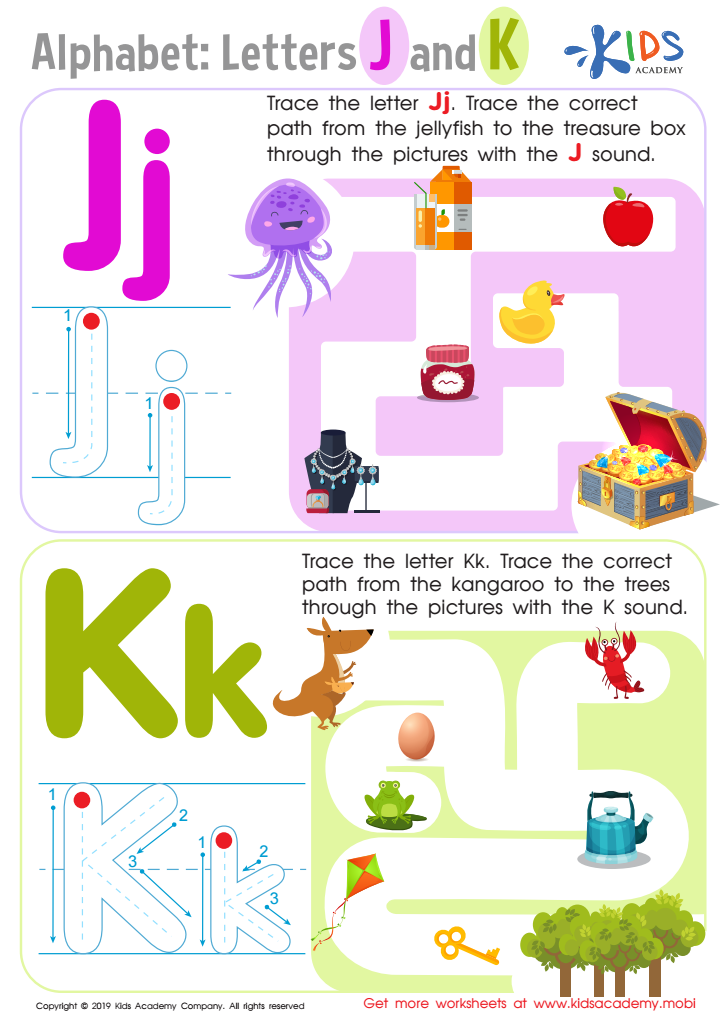

Letters J and K Tracing Worksheet
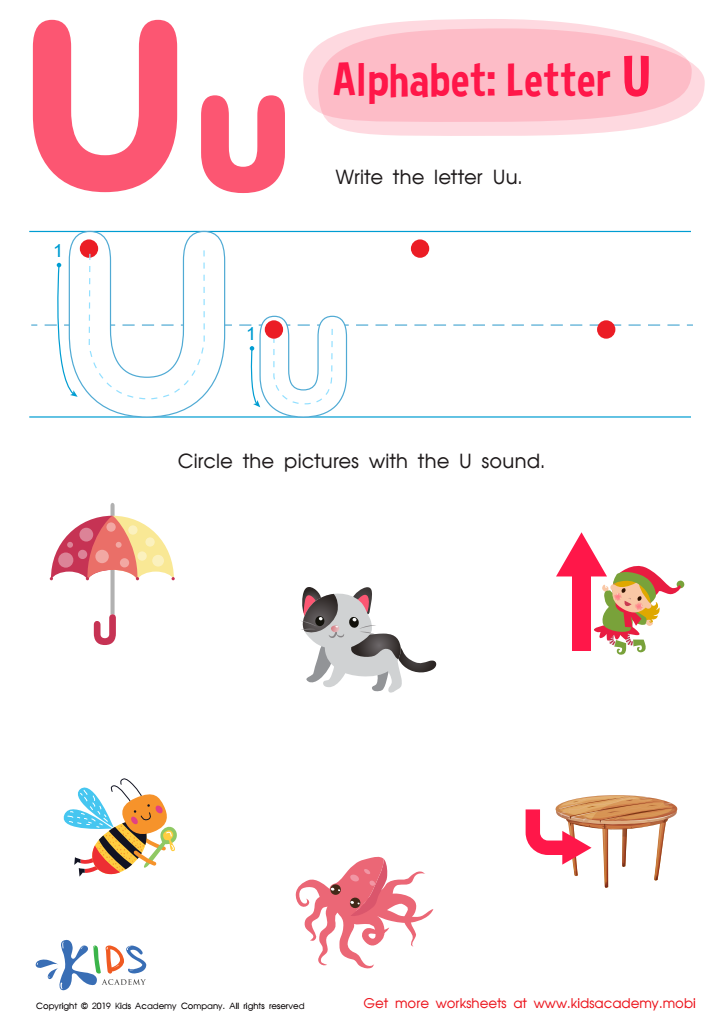

Letter U Tracing Worksheet
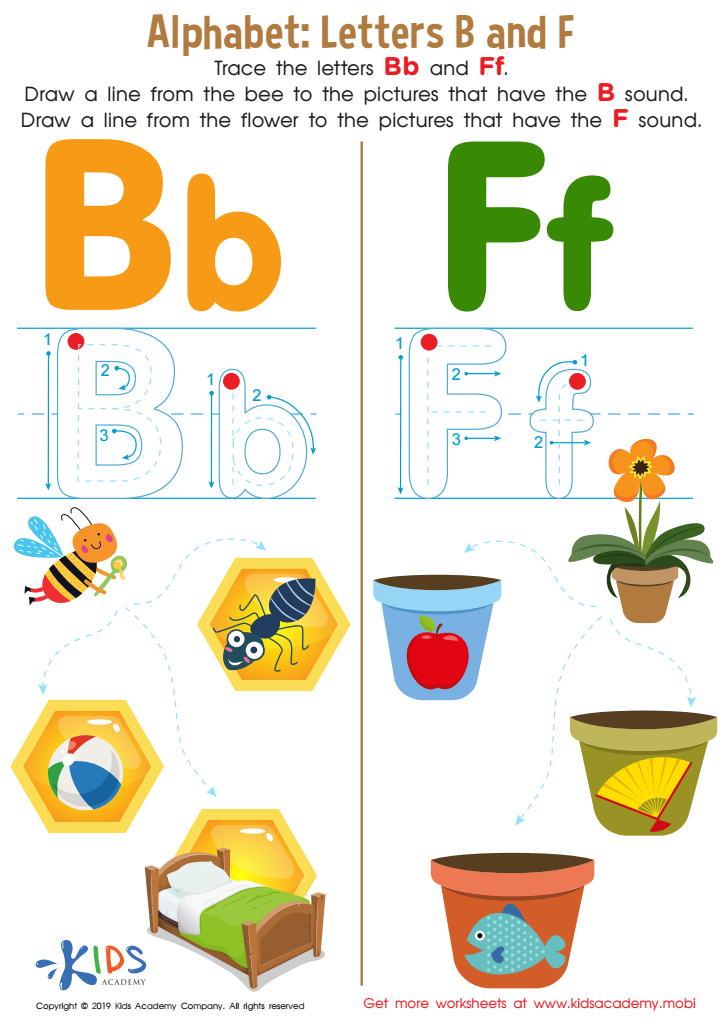

Letters B and F Tracing Worksheet
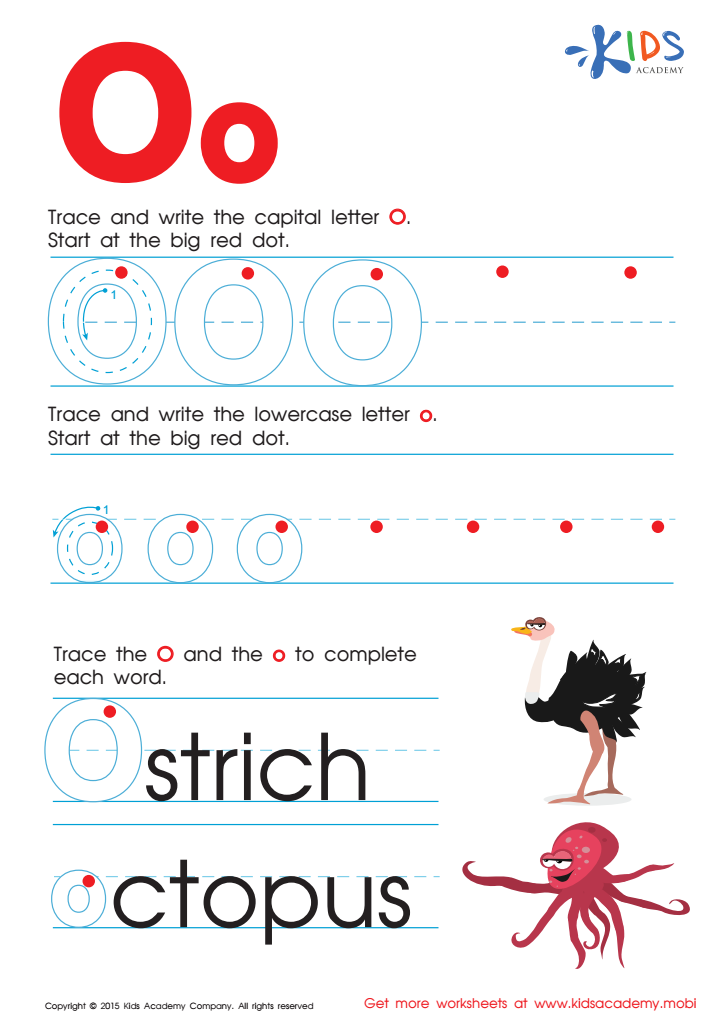

Letter O Tracing Page
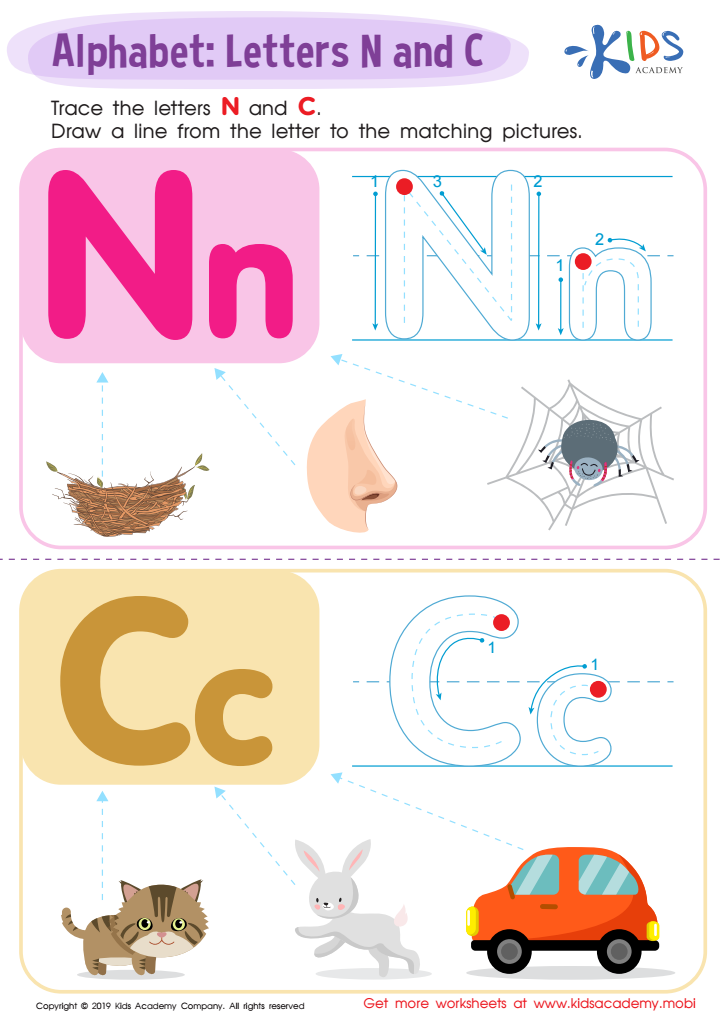

Letter N and C Tracing Worksheet
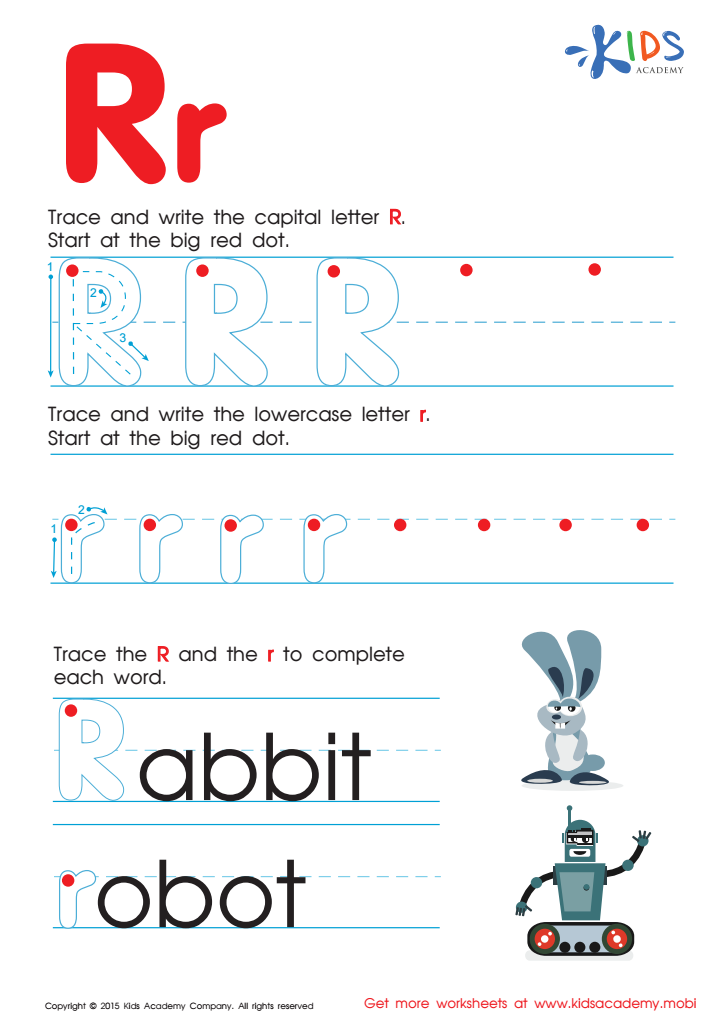

Letter R Tracing Page
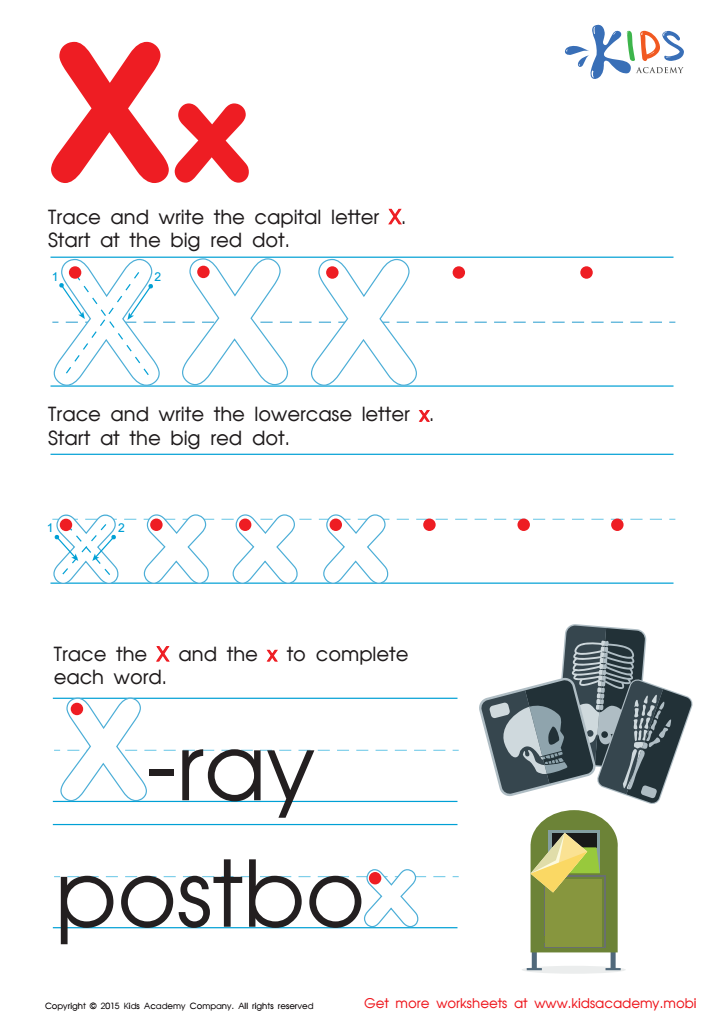

Letter X Tracing Page
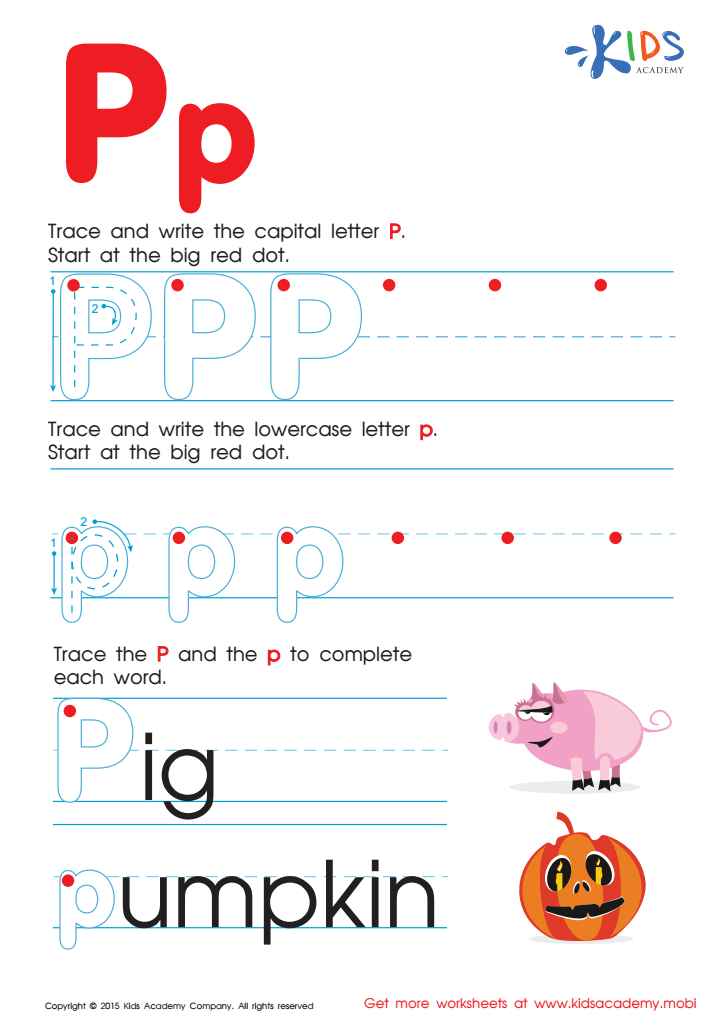

Letter P Tracing Page
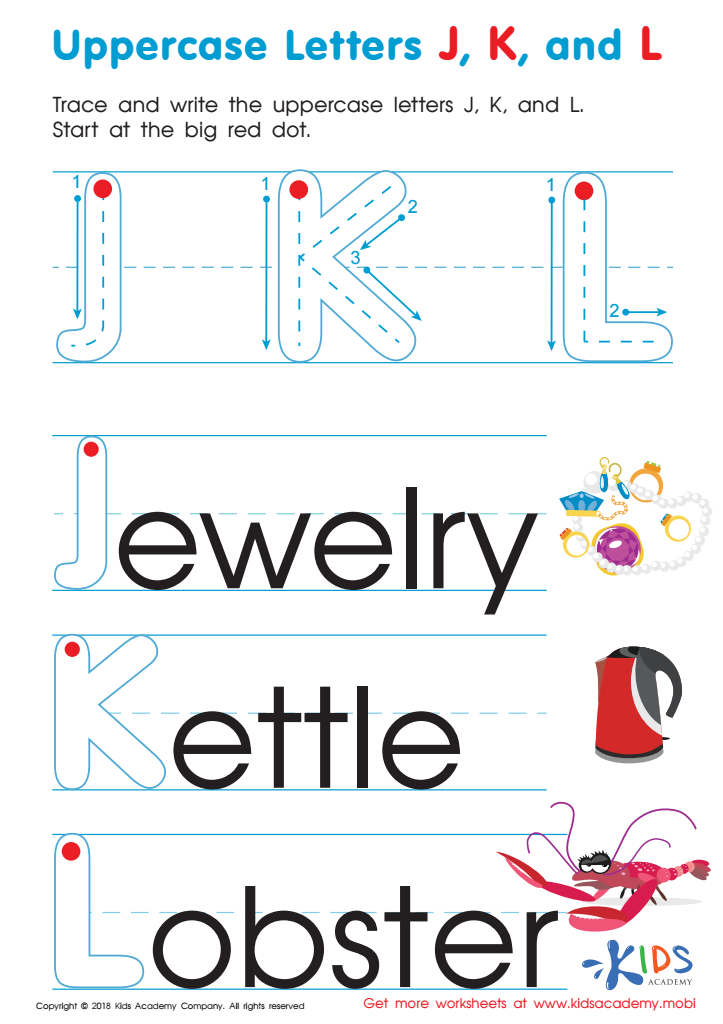

Uppercase Letters J, K, and L Worksheet
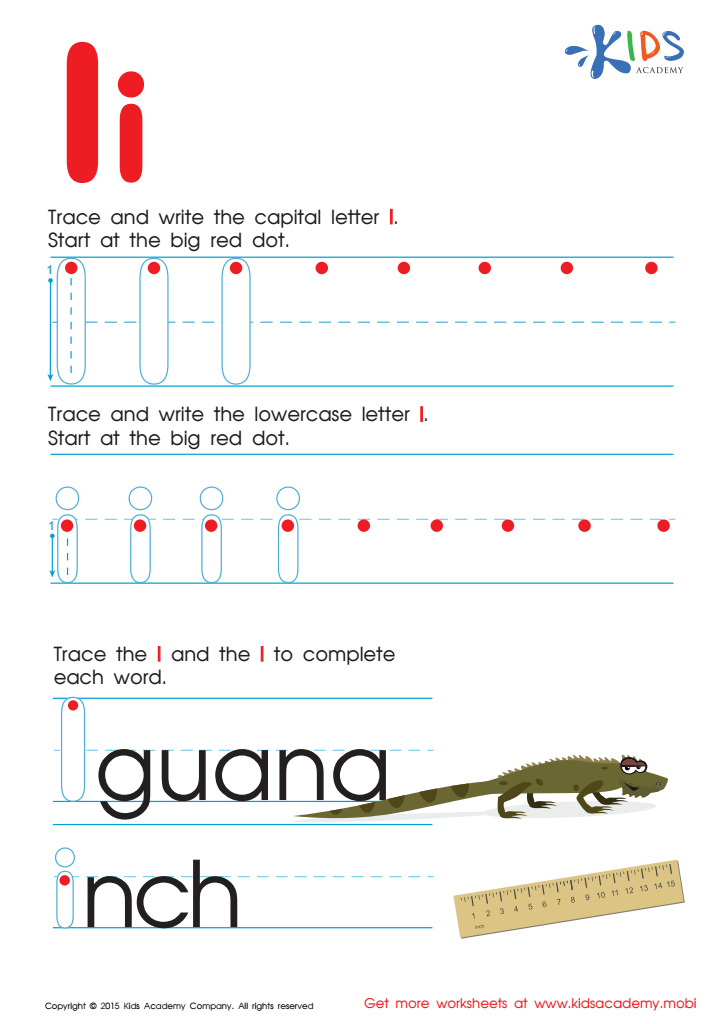

Letter I Tracing Page
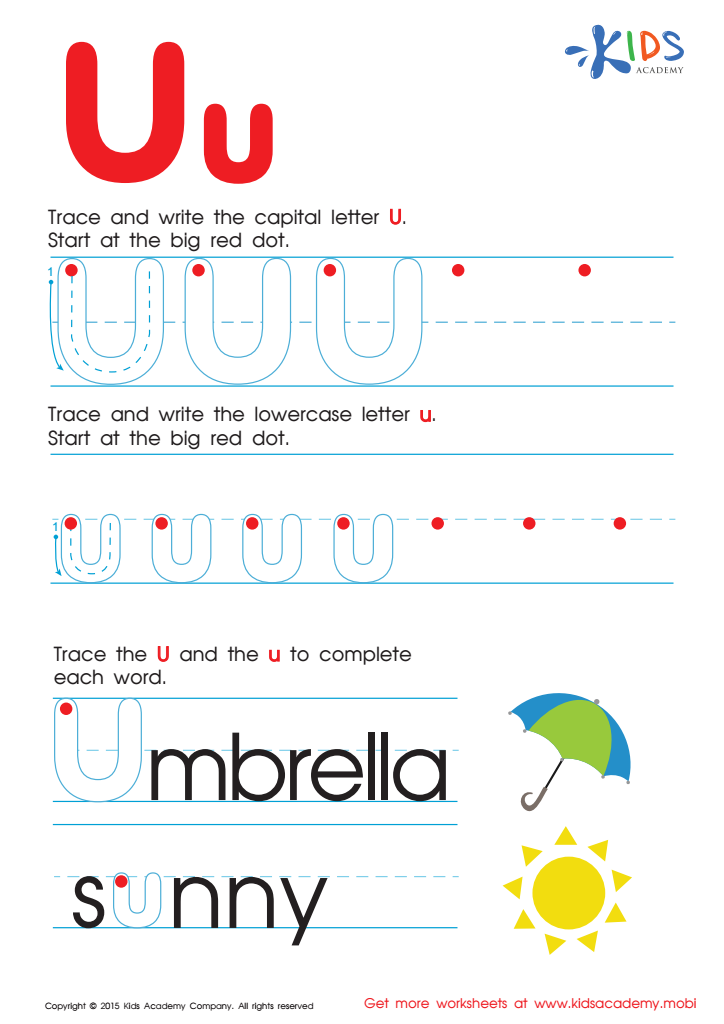

Letter U Tracing Page
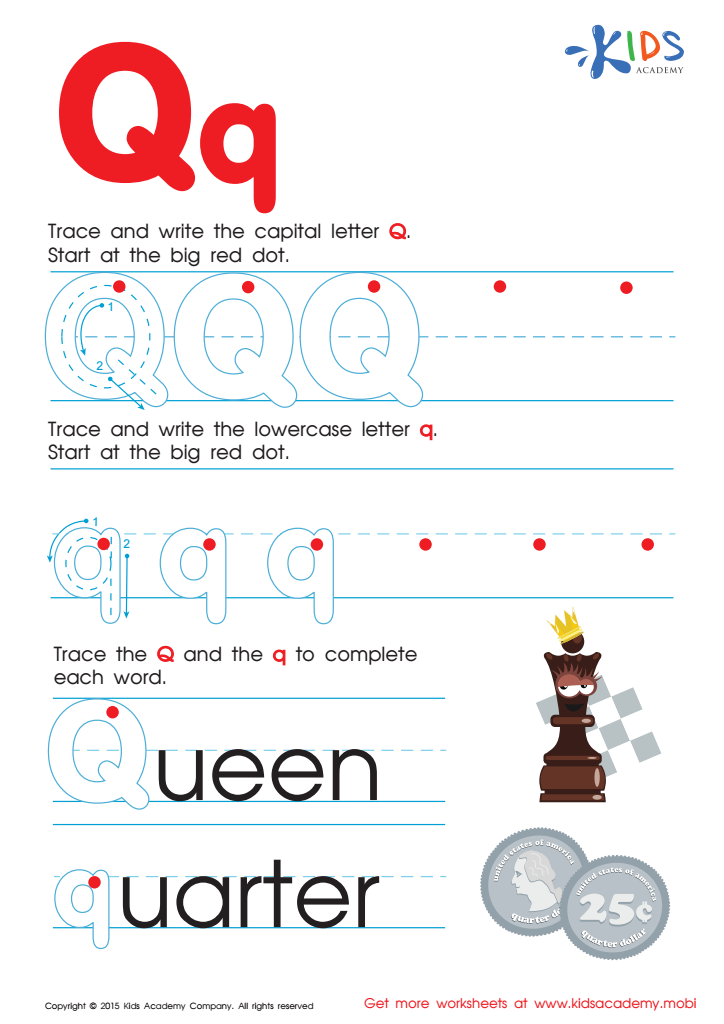

Letter Q Tracing Page
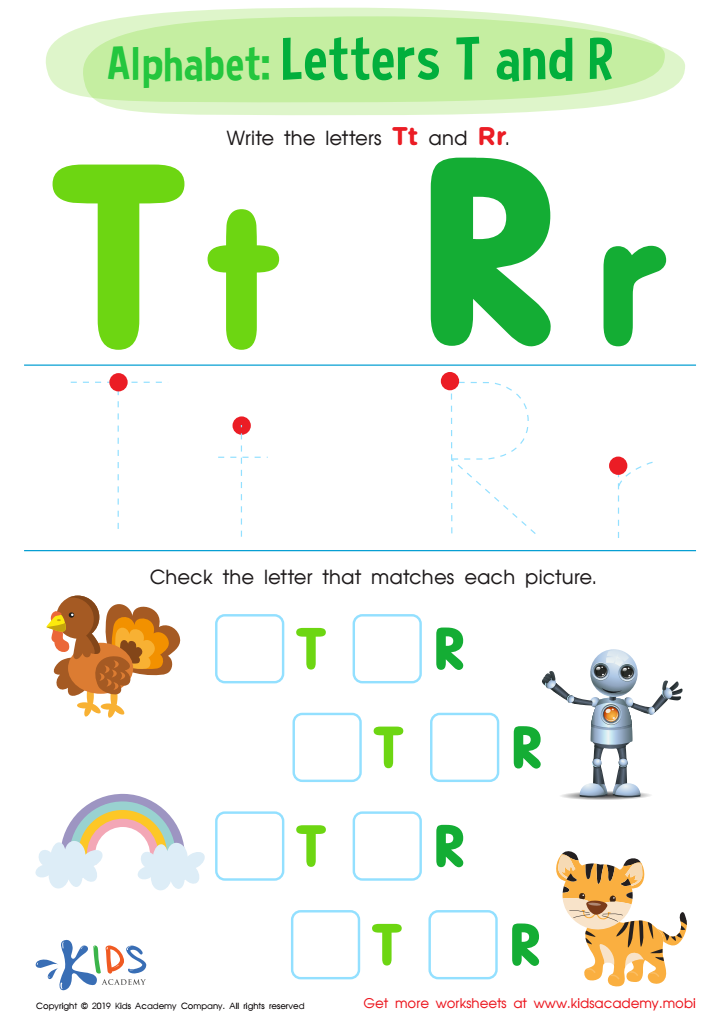

Letters T and R Worksheet
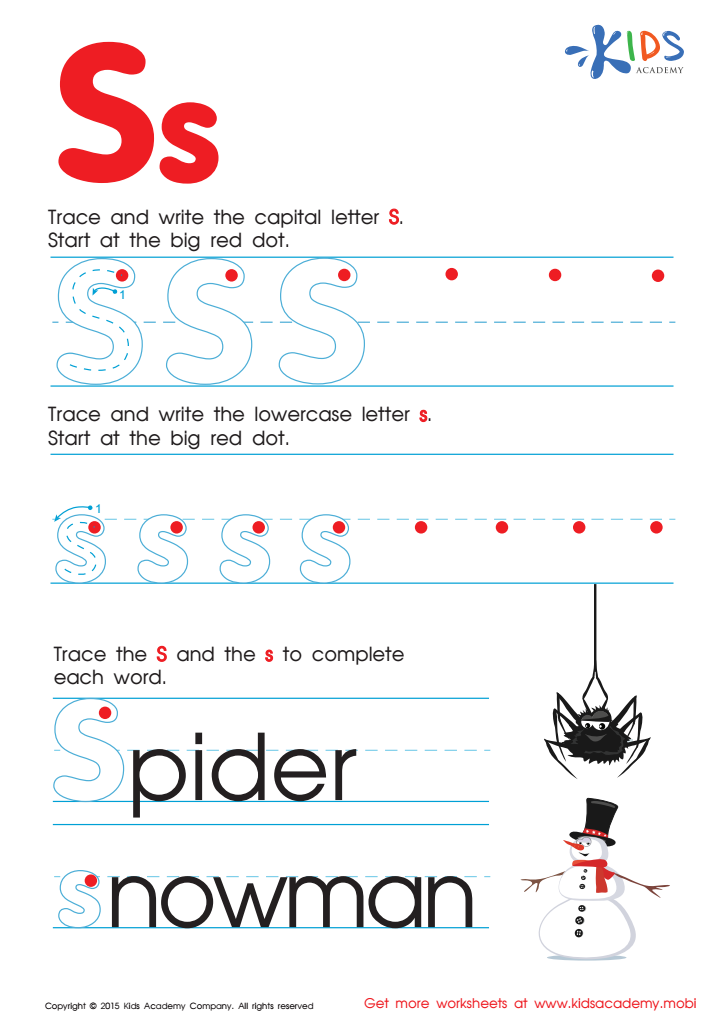

Letter S Tracing Page
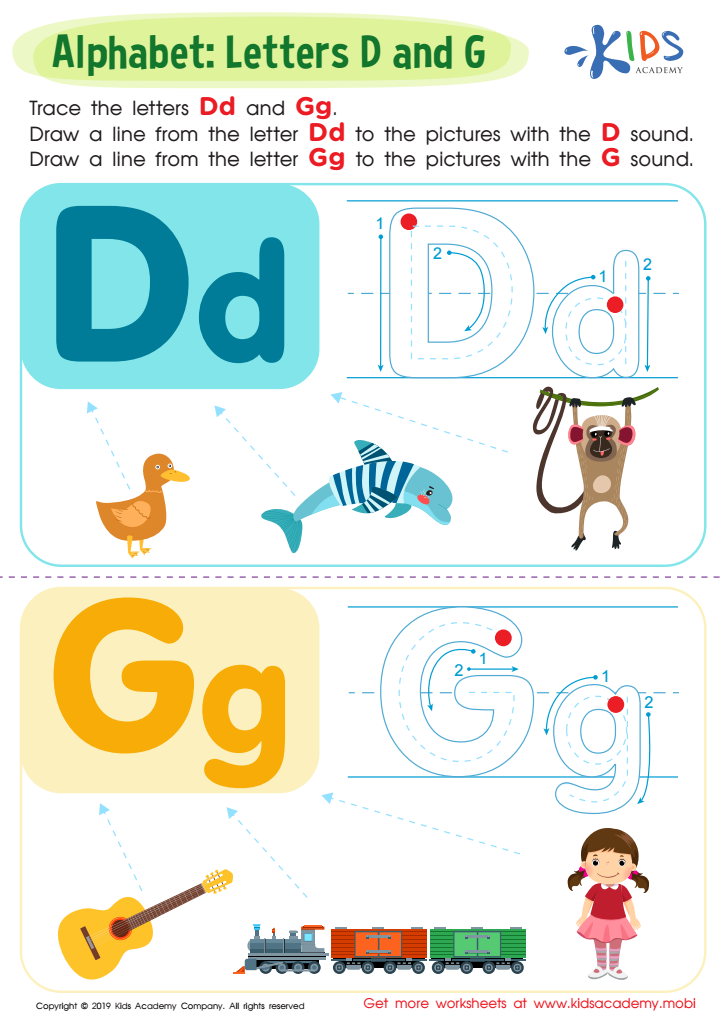

Letter D and G Tracing Worksheet
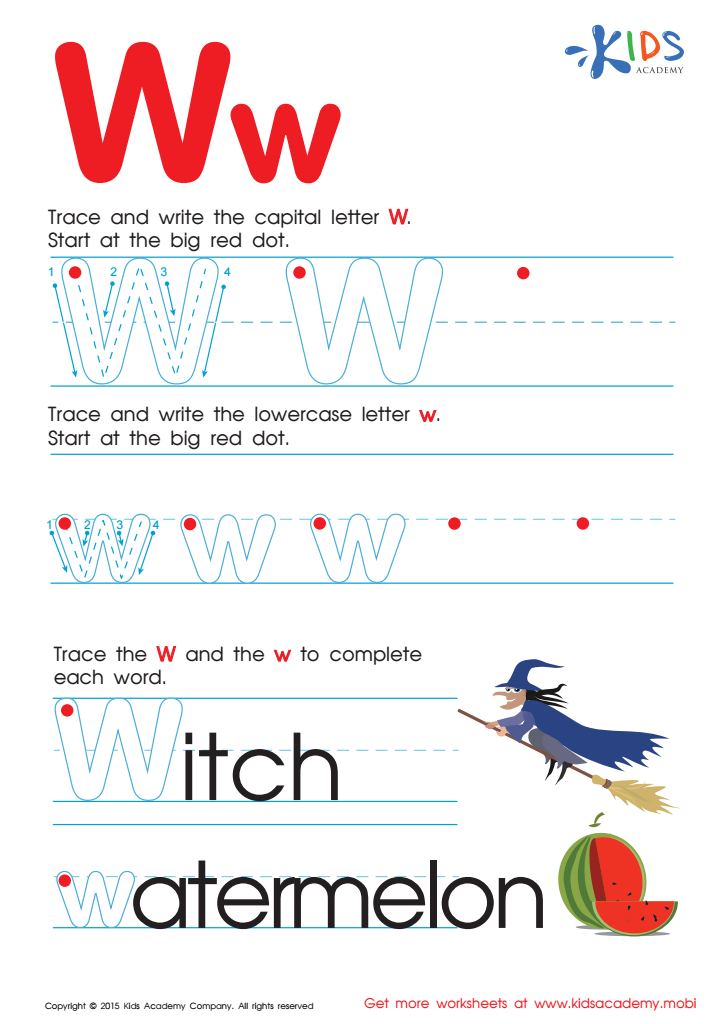

Letter W Tracing Page
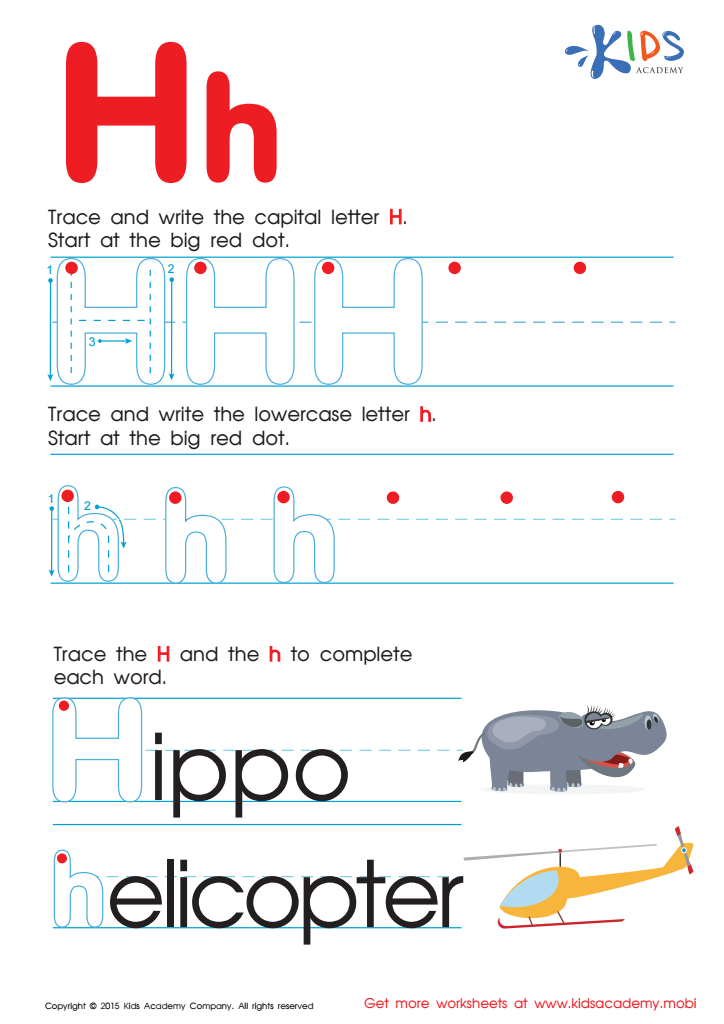

Letter H Tracing Page
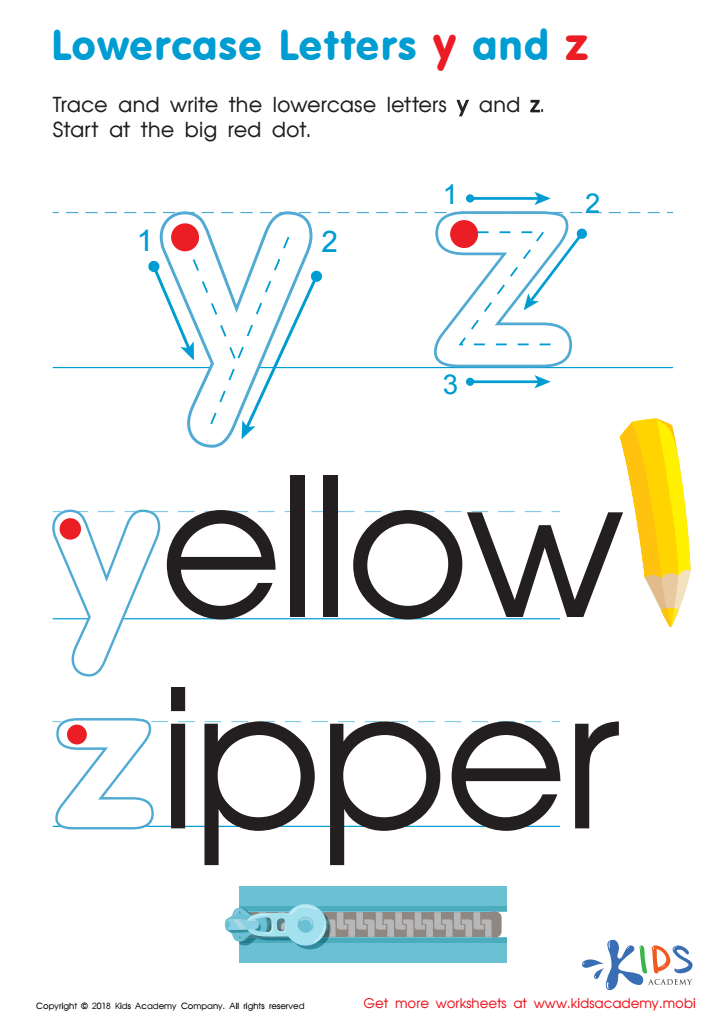

Lowercase Letters y z Worksheet
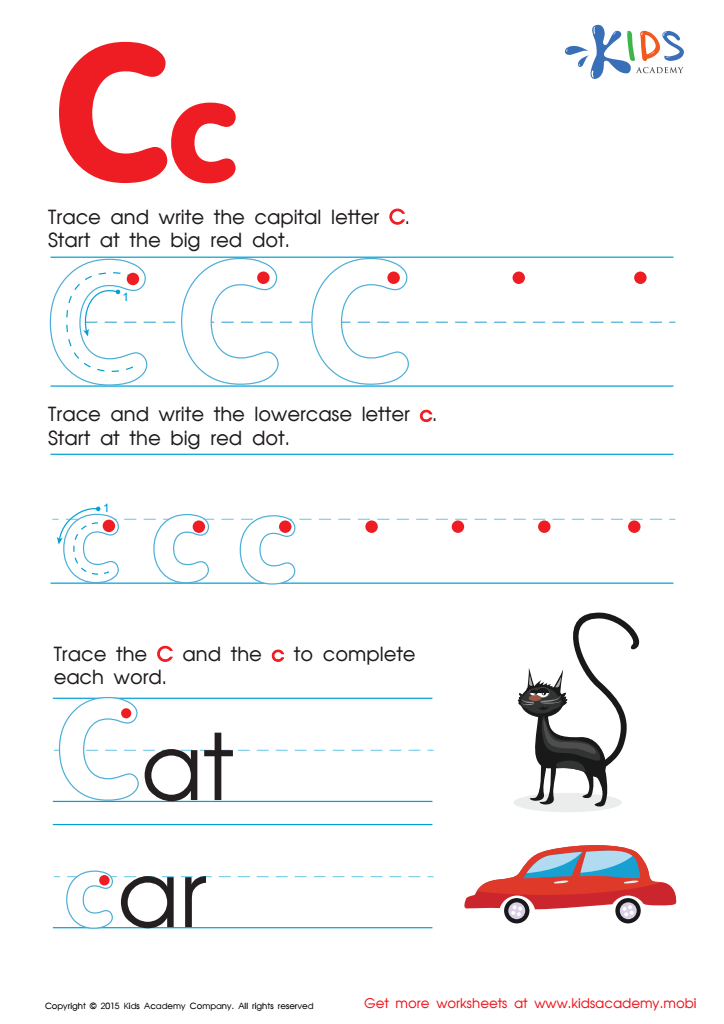

Letter C Tracing Page
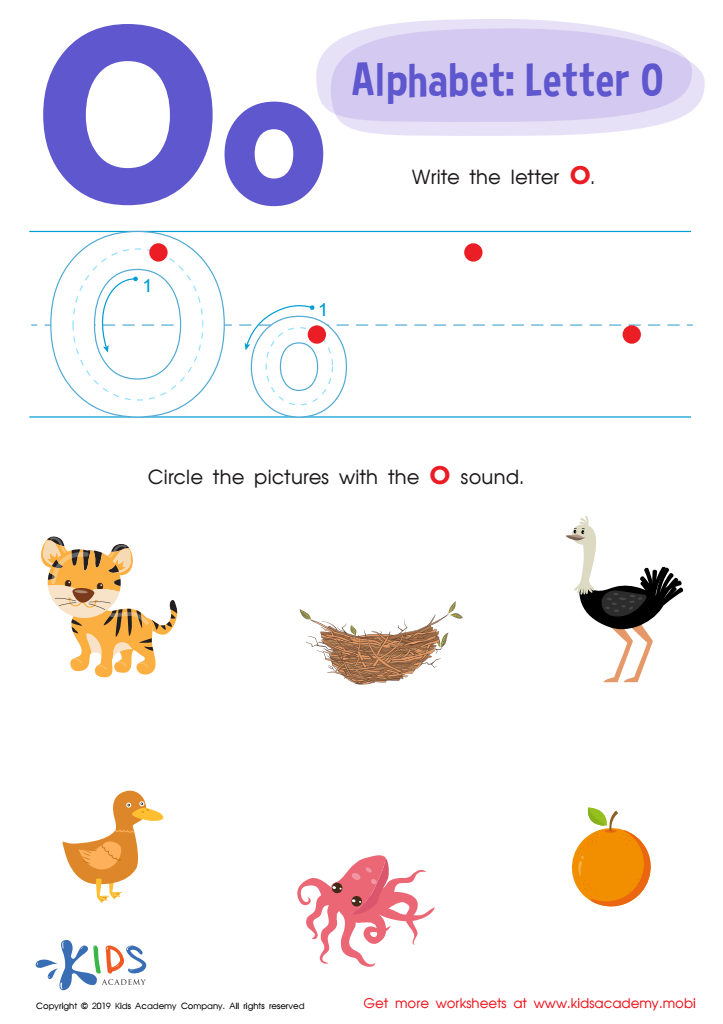

Letter O Tracing Worksheet
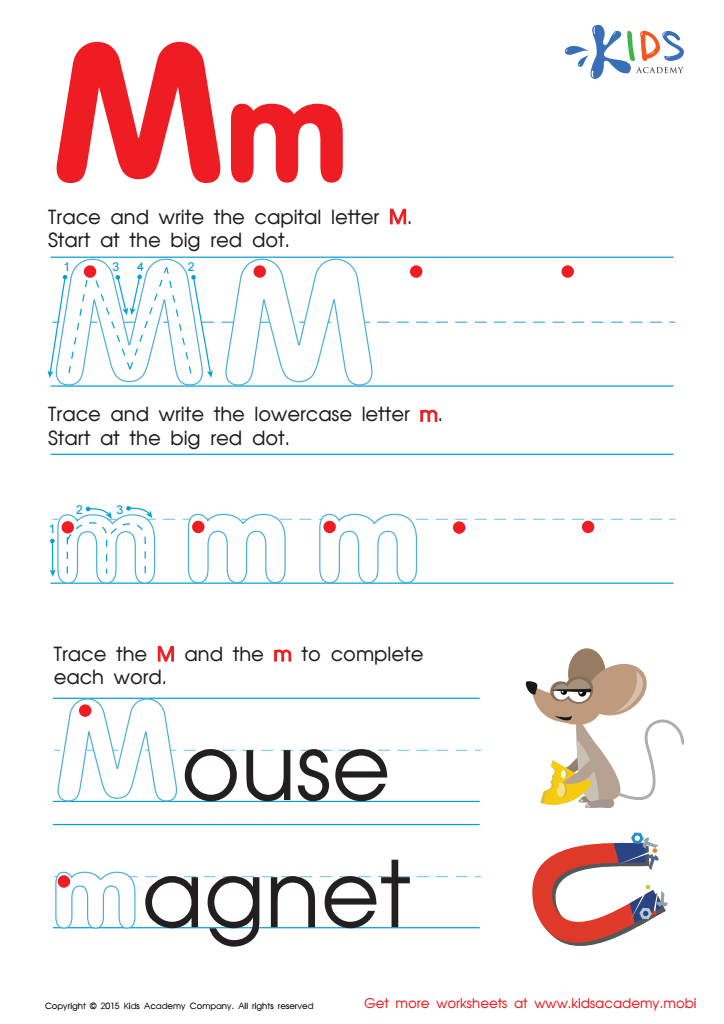

Letter M Tracing Page
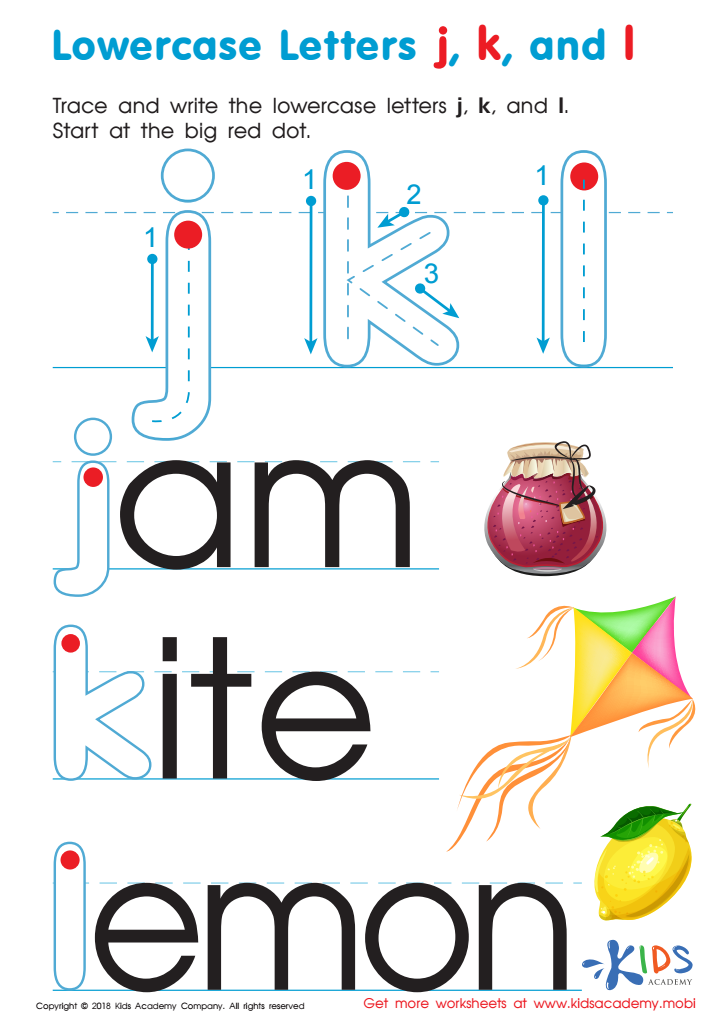

Lowercase Letters j k l Worksheet
Tracing Letters worksheets activities stand out as an essential tool in the foundational phase of literacy development among young learners. These activities are carefully designed to guide children through the initial stages of understanding and forming letters, which is pivotal for reading and writing proficiency. The usefulness of Tracing Letters worksheets activities extends across several dimensions of early childhood education, perfectly blending the acquisition of knowledge with the development of fine motor skills.
Firstly, Tracing Letters worksheets activities facilitate the recognition of alphabets. As children trace over the letters, they become familiar with their shapes, which enhances their ability to distinguish one letter from another. This recognition is critical in the early stages of learning to read, as it lays the groundwork for decoding words and understanding their meanings.
Moreover, these activities are instrumental in improving handwriting skills. The repetitive motion of tracing letters helps children develop muscle memory for the shapes and strokes of letters, leading to improved handwriting speed and legibility. This practice not only aids in the neat presentation of written work but also contributes to the ease with which children can express their thoughts and ideas in writing.
Additionally, Tracing Letters worksheets activities support the development of fine motor skills. The precise movements required for tracing letters help strengthen the muscles in the hands and fingers, which are vital for performing a wide range of tasks, from buttoning a shirt to tying shoelaces. Enhanced fine motor skills also contribute to better handwriting and the ability to engage in other artistic activities, such as drawing or playing musical instruments.
In essence, Tracing Letters worksheets activities are a cornerstone of early literacy and motor skills development. They offer a structured yet flexible approach to learning that caters to the individual pace of each child, ensuring a solid foundation for future academic success and daily living skills.
 Assign to the classroom
Assign to the classroom

